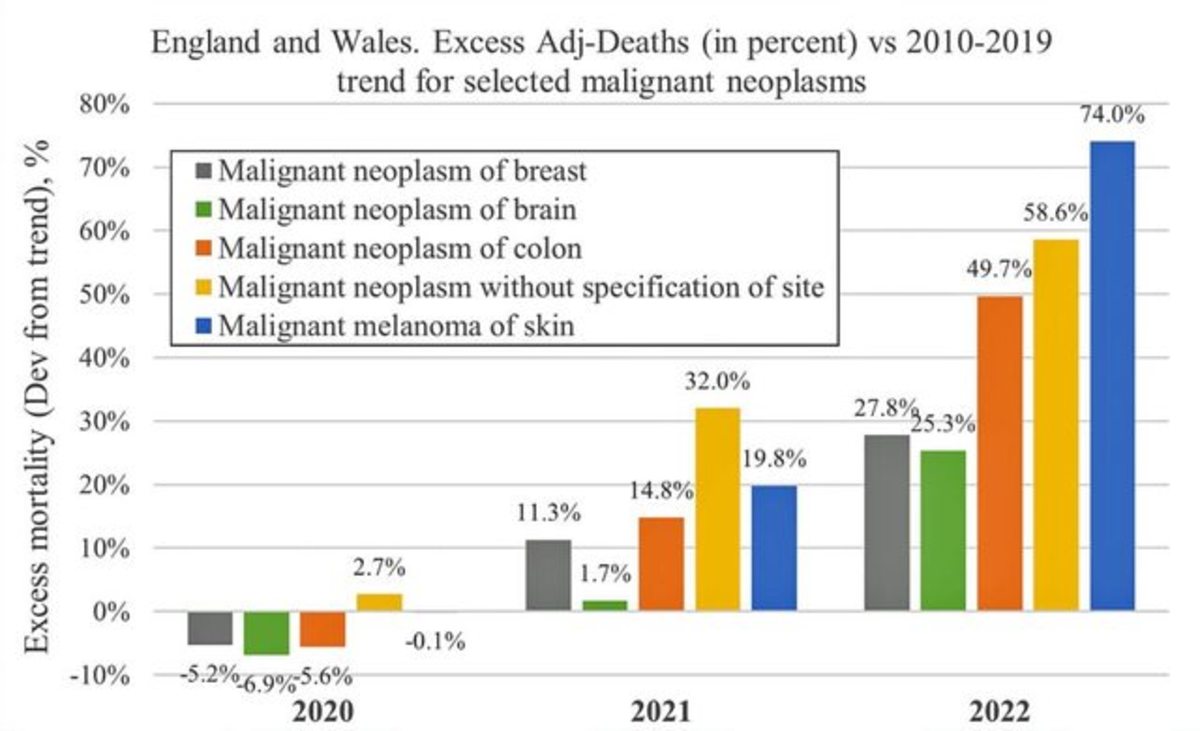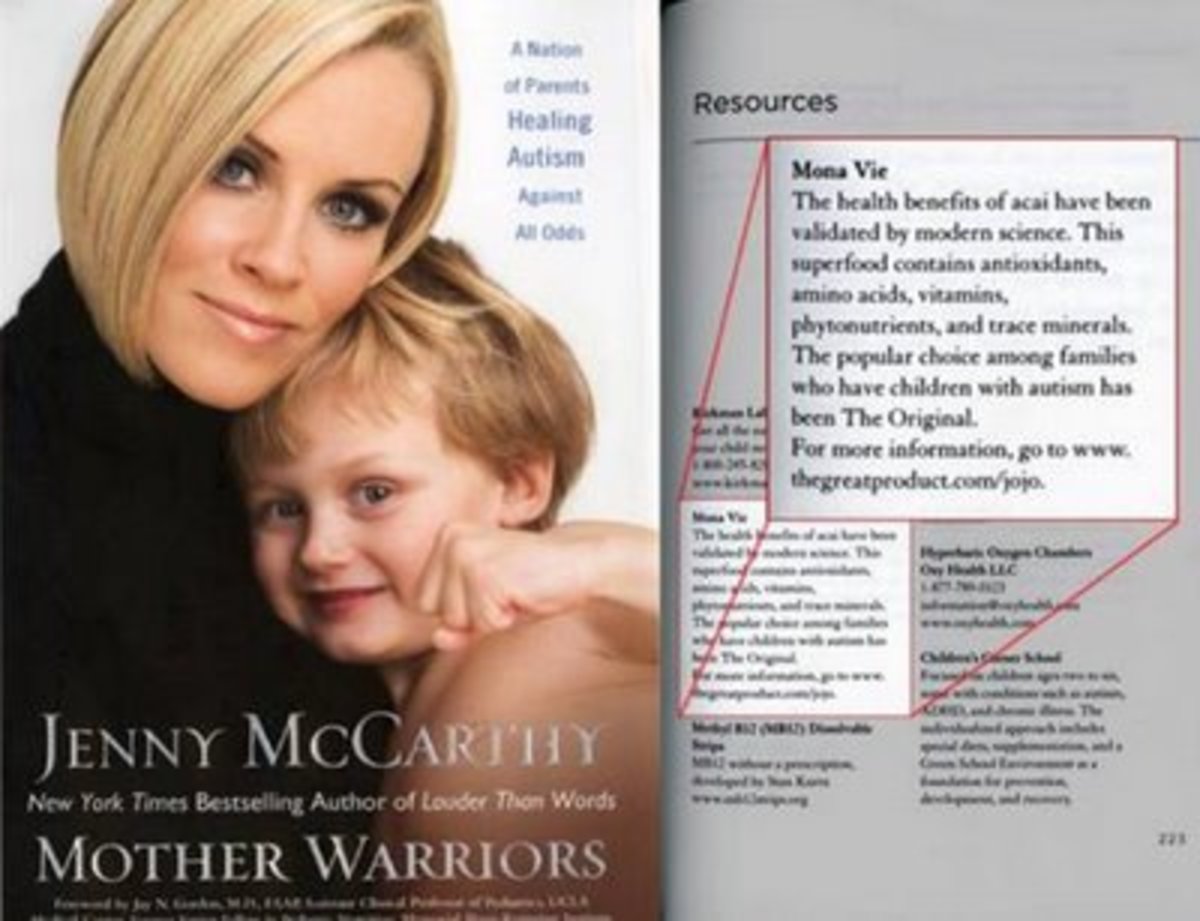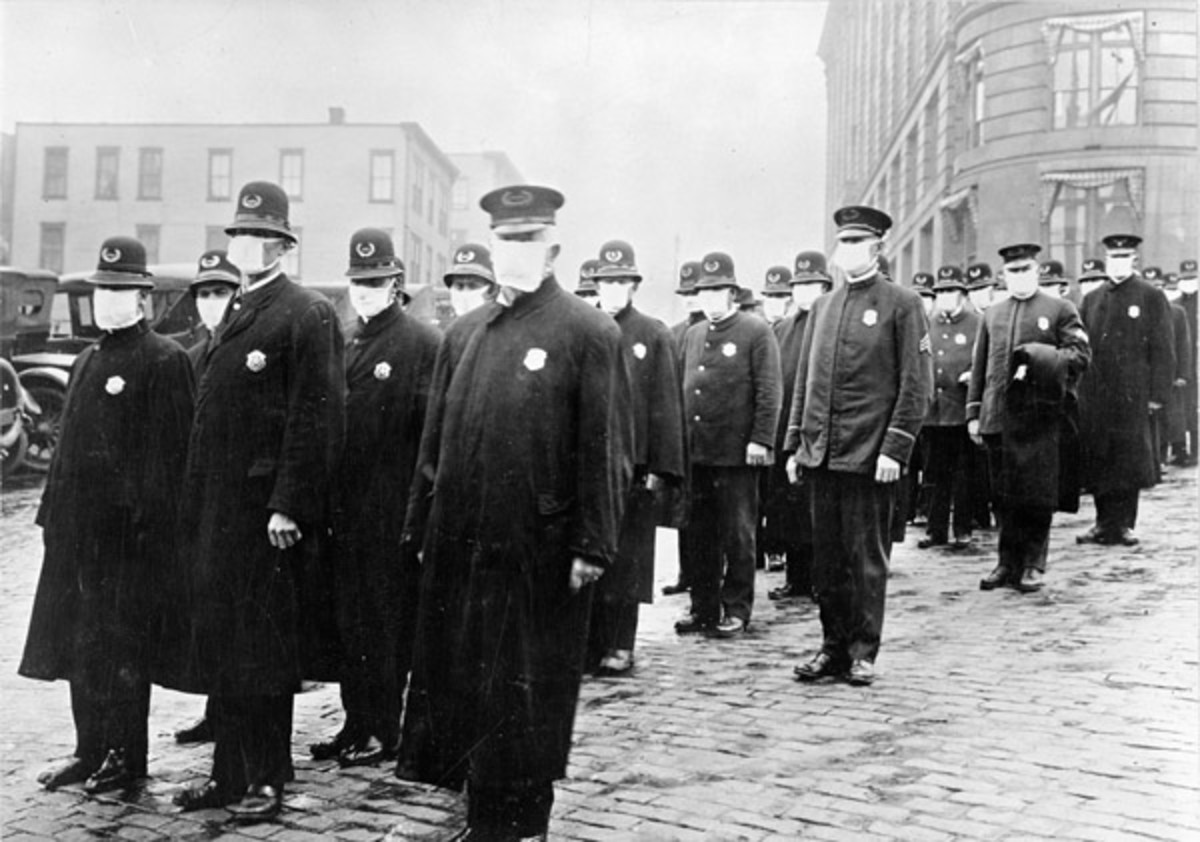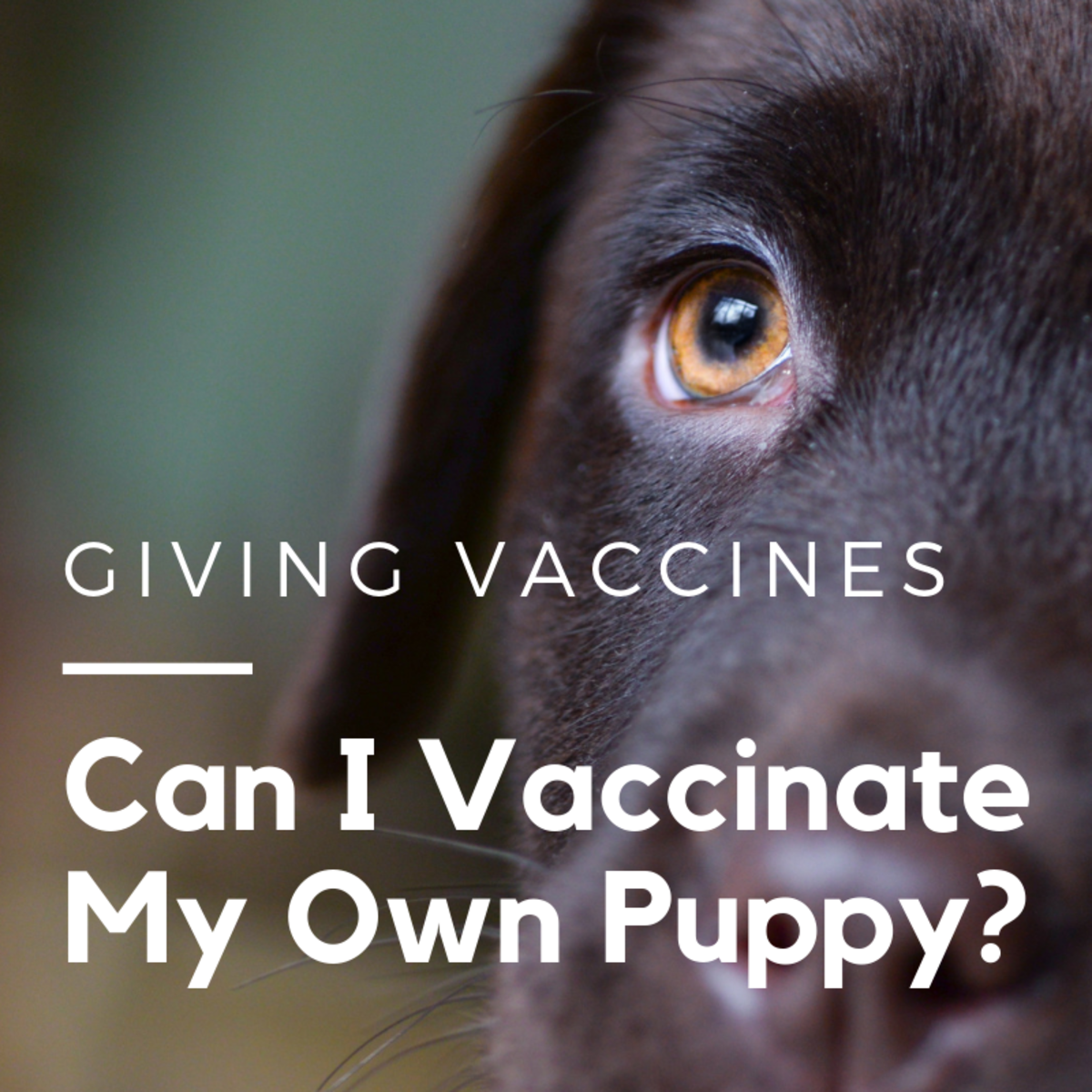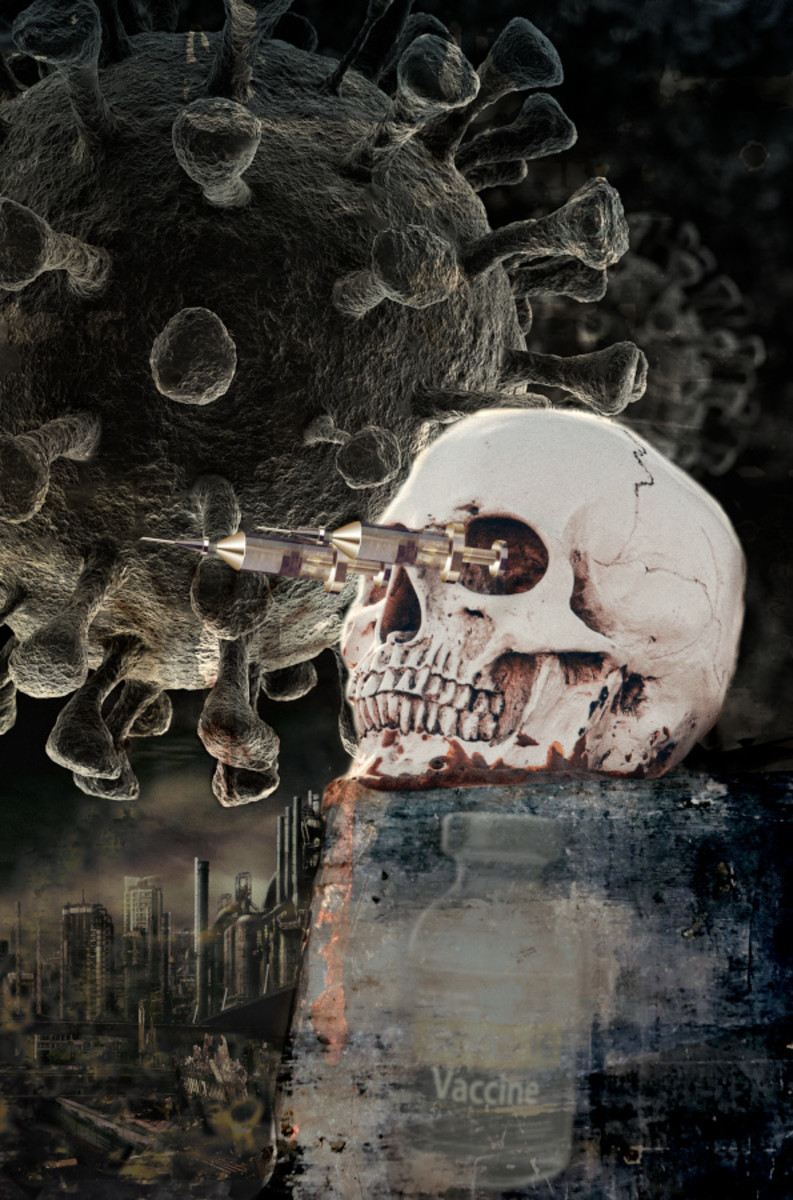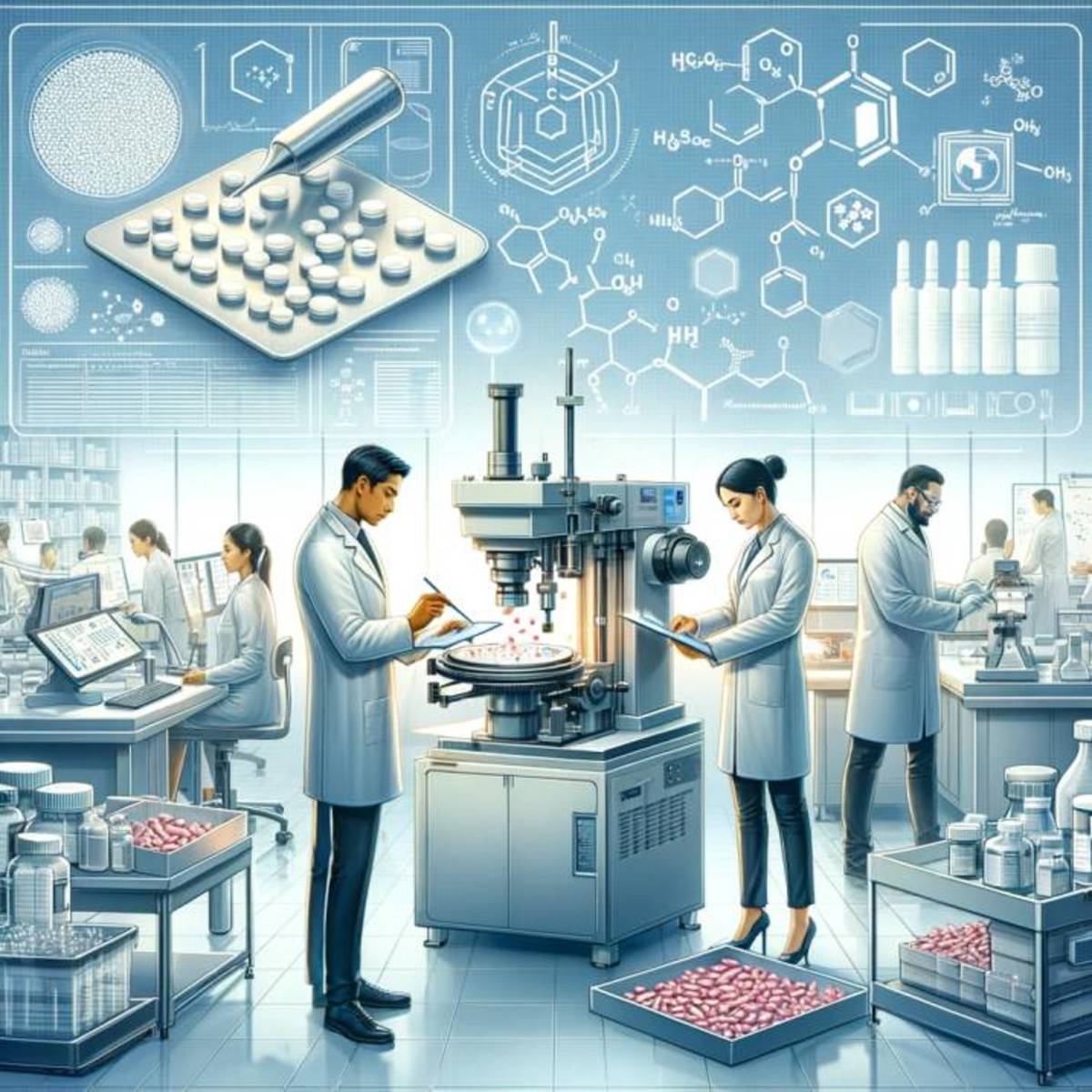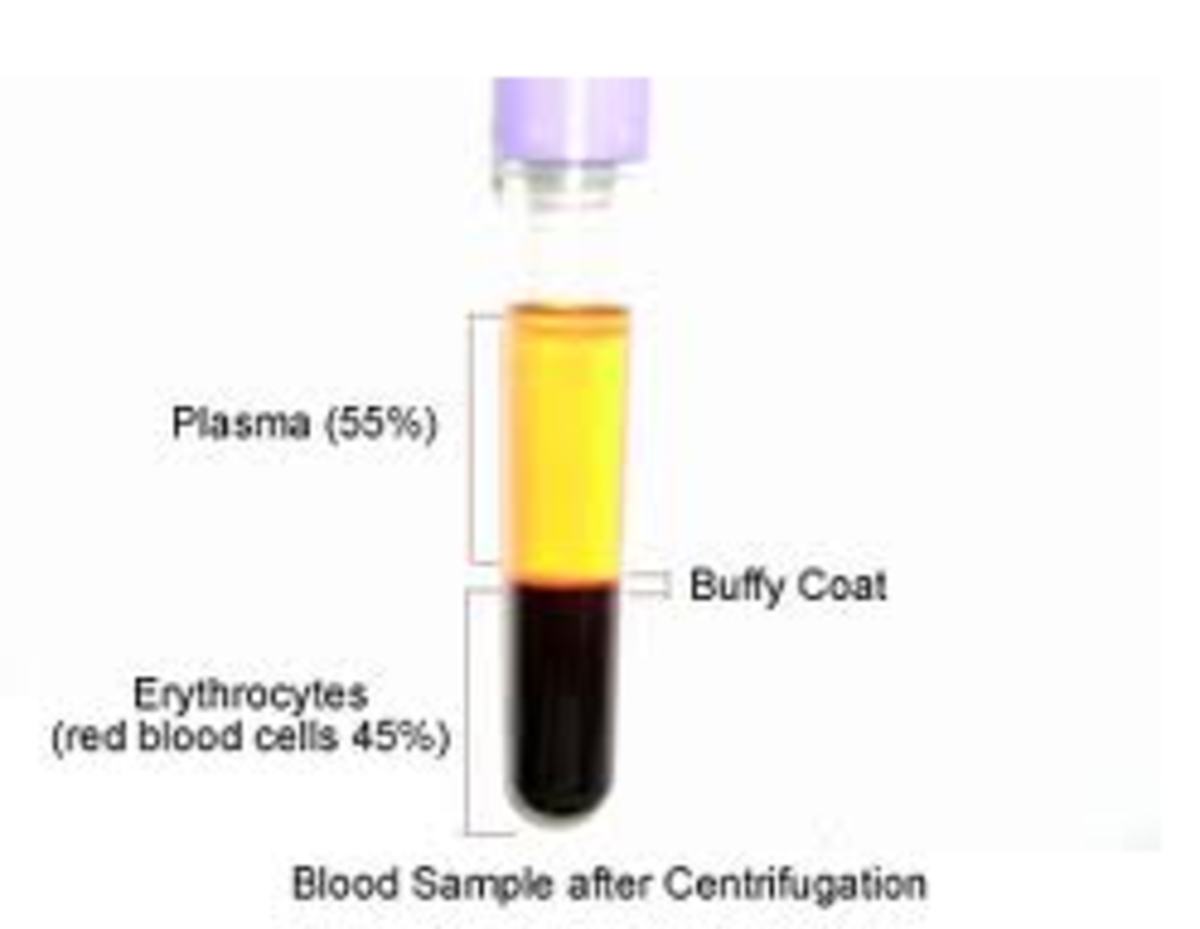How Quickly Can We Treat COVID-19?
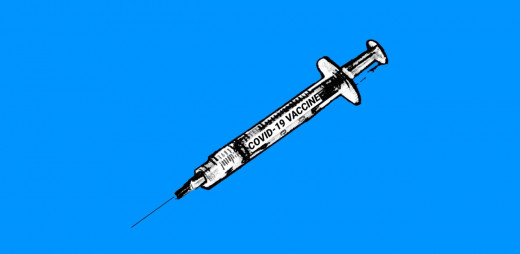
Producing a vaccine in 18 months would make it the fastest vaccine developed in history. While 18 months may seem like a long time, usually, vaccinations take up to a decade or more to be approved and licensed for global use. So how are scientists able to produce a vaccine in just 18 months and still, why would it take that long?
Vaccinations take a long time to develop, and with good reason. Is it realistic to expect a coronavirus vaccine in 18 months? It may seem like a long time but if scientists do manage to create a vaccine in 18 months, that would be the fastest vaccine developed in human history. It would be unprecedented like the virus itself.
How do vaccines work?
Vaccines present part or all of the pathogen (the agent that cause the disease) in a weakened version (or dead version) to the human immune system, usually in the form of an injection. These parts that are presented into our system via injections are markers called antigens. These markers trigger the system to produce antibodies to the pathogen. Our immune system is able to recognise these markers as an intruder, and forms antibodies, allowing it to “remember” the pathogen in case it tries to infect you in the future. These antibodies remain in the body and are ready to react if an actual infectious organism attack.
“Vaccines tricks the body into thinking it is under assault, and the immune system makes weapons that will provide a defence when a real infection becomes a threat.” — American Academy of Paediatricians.
Vaccinations usually take up to a decade or more to be approved and licensed for global use.
But…
We have an edge
The main reason we may be able to achieve the 18-month target is that COVID-19 is part of the coronavirus group. Previous pandemics involving coronaviruses include the Severe acute respiratory syndrome (SARS) and Middle East respiratory syndrome (MERS) outbreaks.
COVID-19 (Sars-CoV-2) shares around 80% of the same genetic material as SARS, and around 50% of the same material as MERS. A lot of study and research has already been done on these two viruses. So we do have a head start in creating a COVID-19 vaccine.
Both viruses contain ribonucleic acid (RNA) capsule that is covered in spikes. The spikes attach on to receptors on the surface of cells lining the human airways allowing the virus to break into the cell. (Read: How COVID-19 Attacks Your Body)
Even with this head start, there is a lot of work to be done.
Clinical trials
Most vaccine developers would do animal testing first before moving on to human trials.
But, a new coronavirus trial in the US — the Moderna trial — has skipped the animal testing phase and gone straight to human testing in order to speed up the process.
However, even without animal testing, there are still several processes that need to be followed in human trials. There are four phases:
Credits: https://www.researchgate.net/figure/Characteristics-of-Clinical-Trial-Phases_tbl4_301745695
Not the perfect vaccine, yet
After the final phase (phase four) the manufacturer may apply for a licence to market the vaccine. The research also undergoes a review by experts at this point.
“The development of the COVID-19 vaccine is being fast-tracked as much as possible given the urgent demand for it. But even though we may already be at a stage where it has been manufactured and can undergo trials on humans, it is still likely to take 12 to 18 months before it is available worldwide for public health use, as safety cannot be compromised.
This, however, is a new disease that we are still only starting to scratch the surface of, and more information is needed from further modelling and studies of the virus.
It is for this reason that both the safety and efficacy of a vaccine must be assessed through all phases of a trial, without cutting corners.” — Dr Sara Kayat on Al Jazeera News.

